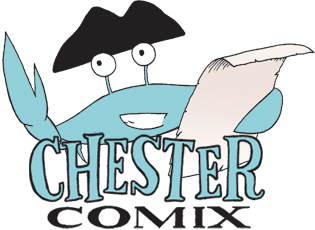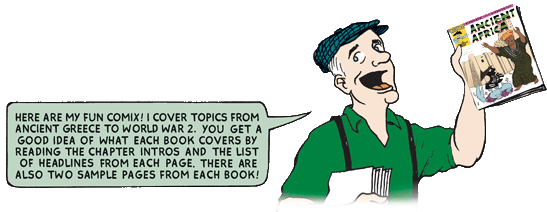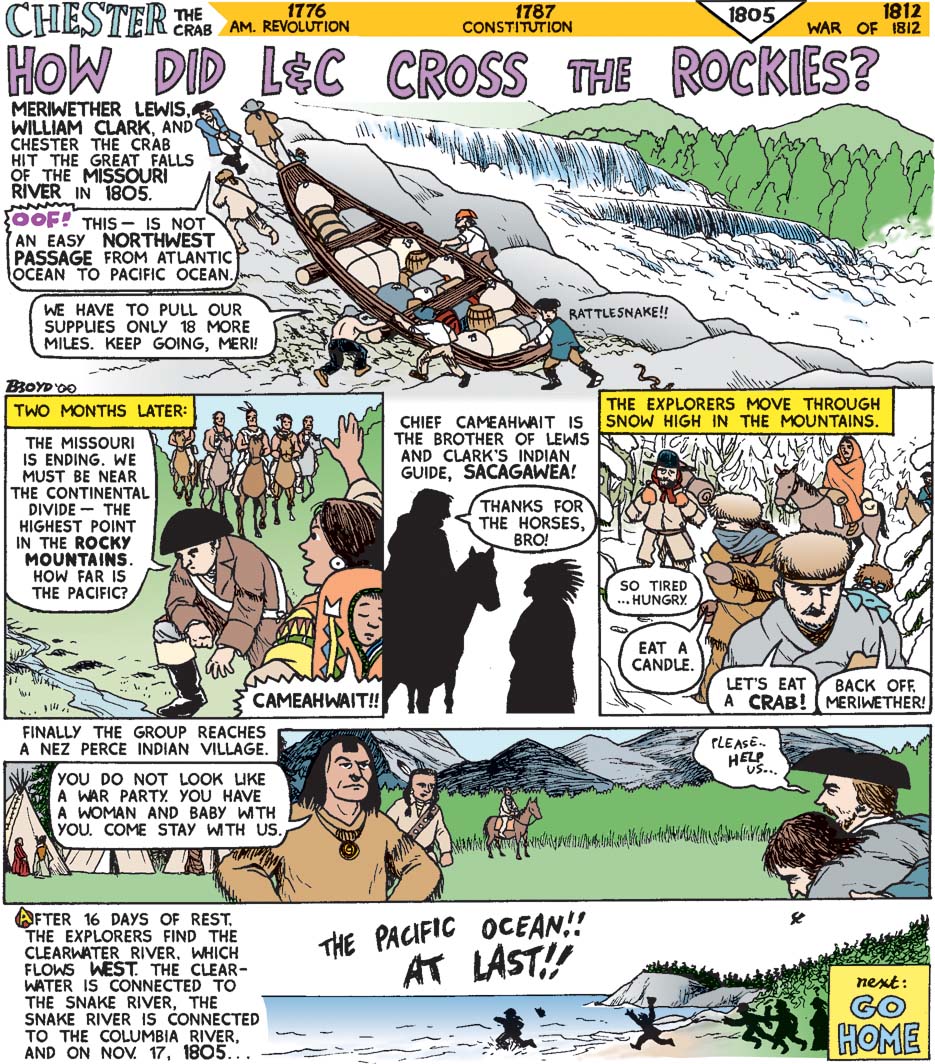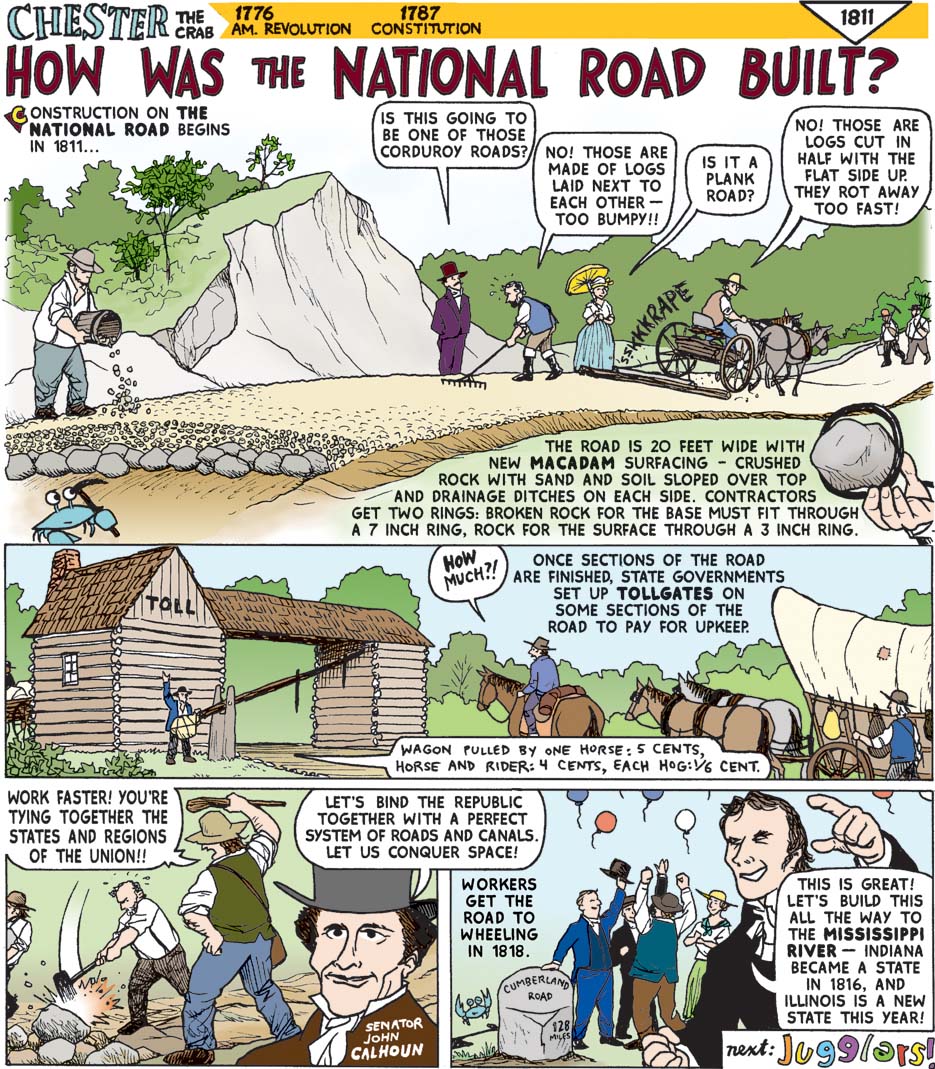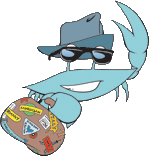

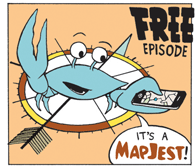

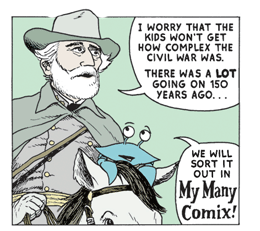

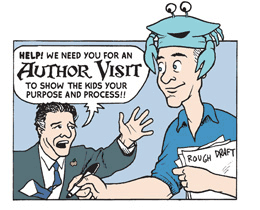

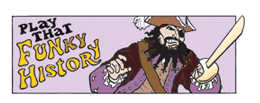

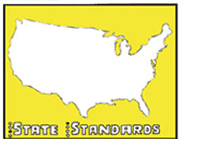


|
|

|
 |
||
 |
"Regarding your interaction with the teachers, I learned a great deal. You surpassed my expectations." Pat from Maryland |
|
|
|
||
Lewis and Clark
After the American Revolution, the people of the new United States look westward for a new start. President Thomas Jefferson makes the Louisiana Purchase from France 1803 and sends Meriwether Lewis and William Clark to explore the land west of the Mississippi River. The tales the two tell when they return spur this question: How will Americans GET to this new land? Over water, via the Erie Canal? Over a new National Road through the Midwest? This will be a nation founded on transportation! This colorful graphic novel will excite reluctant readers, prepare students for standardized tests in history and help homeschooling parents!
Comic sample page #1: How did Lewis and Clark cross the Rockies?
Comic sample page #2: How was the national road built?
Topics covered in this comic book
View a teacher’s guide for this comic
The brand new United States is on shaky ground — most of its towns are on ground east of the Appalachian Mountains, along the Atlantic seaboard. France and Great Britain are the most powerful nations in the world, and both have claims on big sections of the North American continent to the north and west of the U.S. But suddenly French leader Napoleon makes an offer that will change the direction of the new nation . . .
Lewis and Clark answers these topics:
Who purchased Louisiana land?
What did Lewis and Clark pack?
Why did Sacagawea join Lewis and Clark?
How did Lewis and Clark cross the Rockies?
When did Lewis and Clark get home?
CHAPTER 2 THE NATIONAL ROAD
Men who fought in the American Revolution were promised land west of the Appalachian Mountains in the Ohio territory. But how would they get there — and to the new Louisiana Territory explored by Lewis and Clark? There was no easy way west in 1806. The paths were still narrow, winding Indian trails through the woods. President Thomas Jefferson had big dreams for the big lands over the mountains, but people needed a way to get there. Could the national government build a national road??
The National Road answers these topics:
Was a National Road Constitutional?
Where was the National Road built?
How was the National Road built?
How was life along the National Road?
Why did the road’s popularity fade?
CHAPTER 3 FULTON’S STEAMBOAT
As some builders of the new nation worried about roads, others worried about water. For thousands of years, moving on rivers and oceans was the fastest way to get people and products from place to place. But there was one problem: moving against the flow of the water was hard. If only there was a machine that could push a boat against the current, the new United States could move a lot of people and products from here to there . . .
Fulton’s Steamboat answers these topics:
What power came before steam power?
What steamed James Watt?
Who put steam power onto water?
When did “Fulton’s Folly” float?
How far did steamboats go?
CHAPTER 4 THE ERIE CANAL
The National Road connecting the Ohio Valley to the Potomac River brought more wealth to the port city of Baltimore, Maryland. It didn’t do much for the port of New York City or the rest of New York state to the north. Leaders there decided they must have their own gateway to the West, and they decided their gateway would be over water, not crushed rock . . .
The Erie Canal answers the following topics:
Where was the Erie Canal built?
How did they clear trees for a canal?
What does an aqueduct carry?
How do you lower a canal boat?
What pulled boats on the Erie Canal?
